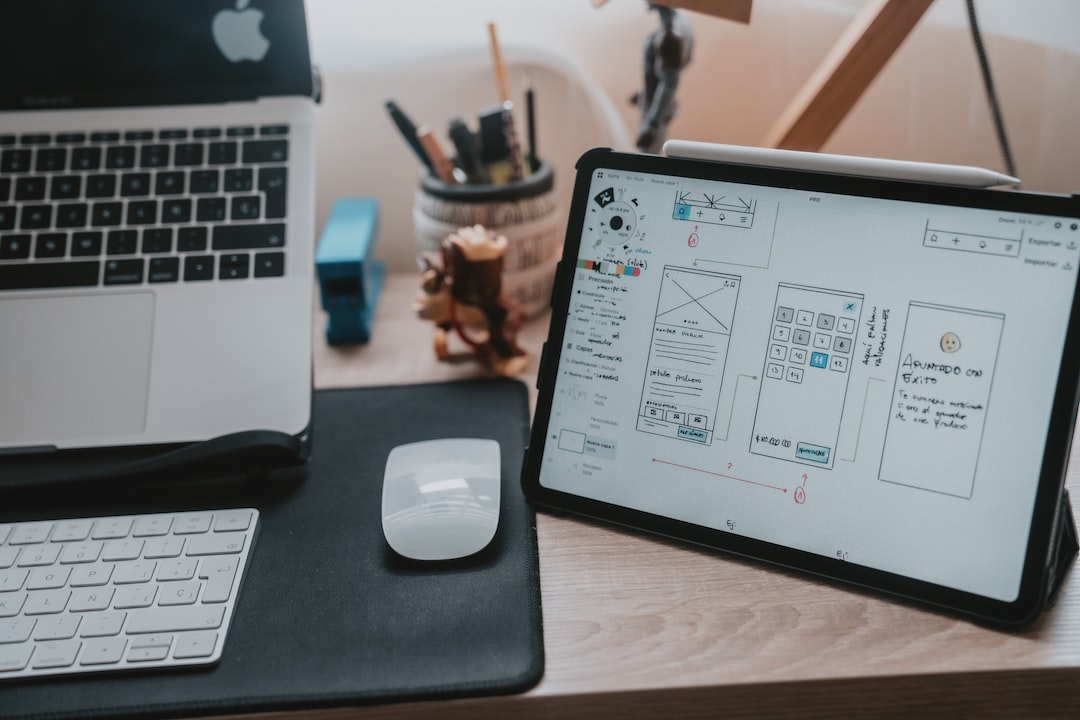In today’s fast-paced world, where we are constantly bombarded with information, the ability to capture attention and communicate messages quickly is essential. This is where the art of poster design comes into play. A well-designed poster has the power to convey a message at a glance, attracting viewers and leaving a lasting impression.
Posters have been used for centuries as a means of communication. From advertising events and promoting products to political campaigns and propaganda, the purpose of a poster is to grab attention and convey a message effectively. The art of poster design lies in the ability to distill complex ideas into a simple visual language that can be understood by anyone, regardless of their background or knowledge.
One of the key elements of successful poster design is simplicity. A cluttered poster can confuse viewers and make it difficult for them to interpret the intended message. By using minimal text and focusing on clean, eye-catching visuals, a poster can instantly grab attention and pique curiosity. Remember, a poster is meant to be seen from a distance, so the message must be clear and easily digestible.
Color is another crucial component of poster design. Colors evoke emotions and can set the tone for the message being conveyed. Bright, bold colors can attract attention and create a sense of excitement, while muted tones can communicate a more serious or sophisticated tone. Understanding the psychology of color and its impact on the viewer is essential in creating a visually appealing poster.
Typography also plays a significant role in poster design. The choice of fonts can convey the personality of the message and add visual interest to the design. Bold, sans-serif fonts are often used for headlines to grab attention, while more elegant and decorative fonts can be used for supporting text. It is essential to ensure that the text is legible from a distance and that the hierarchy of information is clear, guiding the viewer’s eye through the poster.
Composition is another important aspect of poster design. The arrangement of visual elements, such as images, text, and any other graphic elements, can determine how the message is perceived. Attention should be given to the focal point, ensuring that it is the most prominent element on the poster. Using techniques like the rule of thirds or leading lines can help create a visually balanced and engaging composition.
In addition to these design principles, when creating a poster, it is essential to consider the target audience and the intended purpose of the message. A poster designed for a music festival will have a different aesthetic than one designed for a corporate conference. Understanding the context in which the poster will be seen can help in creating a design that resonates with the audience.
Lastly, advancements in technology have opened up new possibilities for poster design. With the rise of digital platforms and social media, posters are no longer limited to physical spaces. They can be shared and spread virally online, reaching a global audience. However, despite the shift to digital, the principles of effective poster design remain the same – capturing attention and communicating messages at a glance.
In conclusion, the art of poster design is about distilling complex ideas into a visually appealing and easily comprehensible message. By employing simplicity, color, typography, composition, and considering the target audience, a poster can effectively communicate messages at a glance. Whether used for advertising, promoting events, or spreading awareness, the power of a well-designed poster lies in its ability to captivate viewers, leaving a lasting impression and conveying messages in an instant. So, the next time you come across a captivating poster, take a moment to appreciate the art behind its creation.

